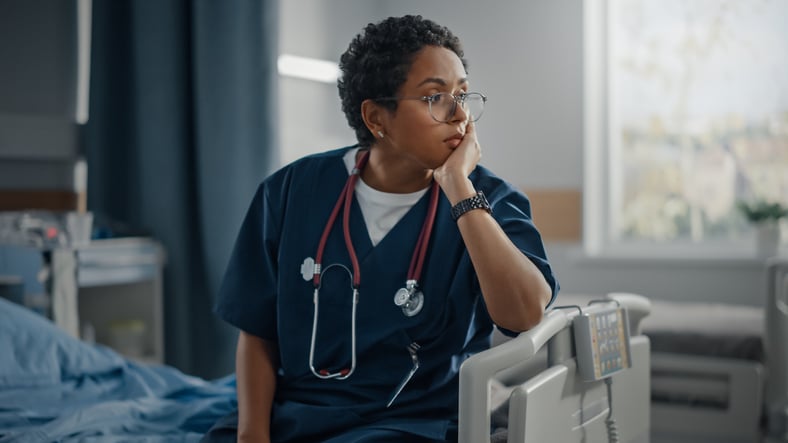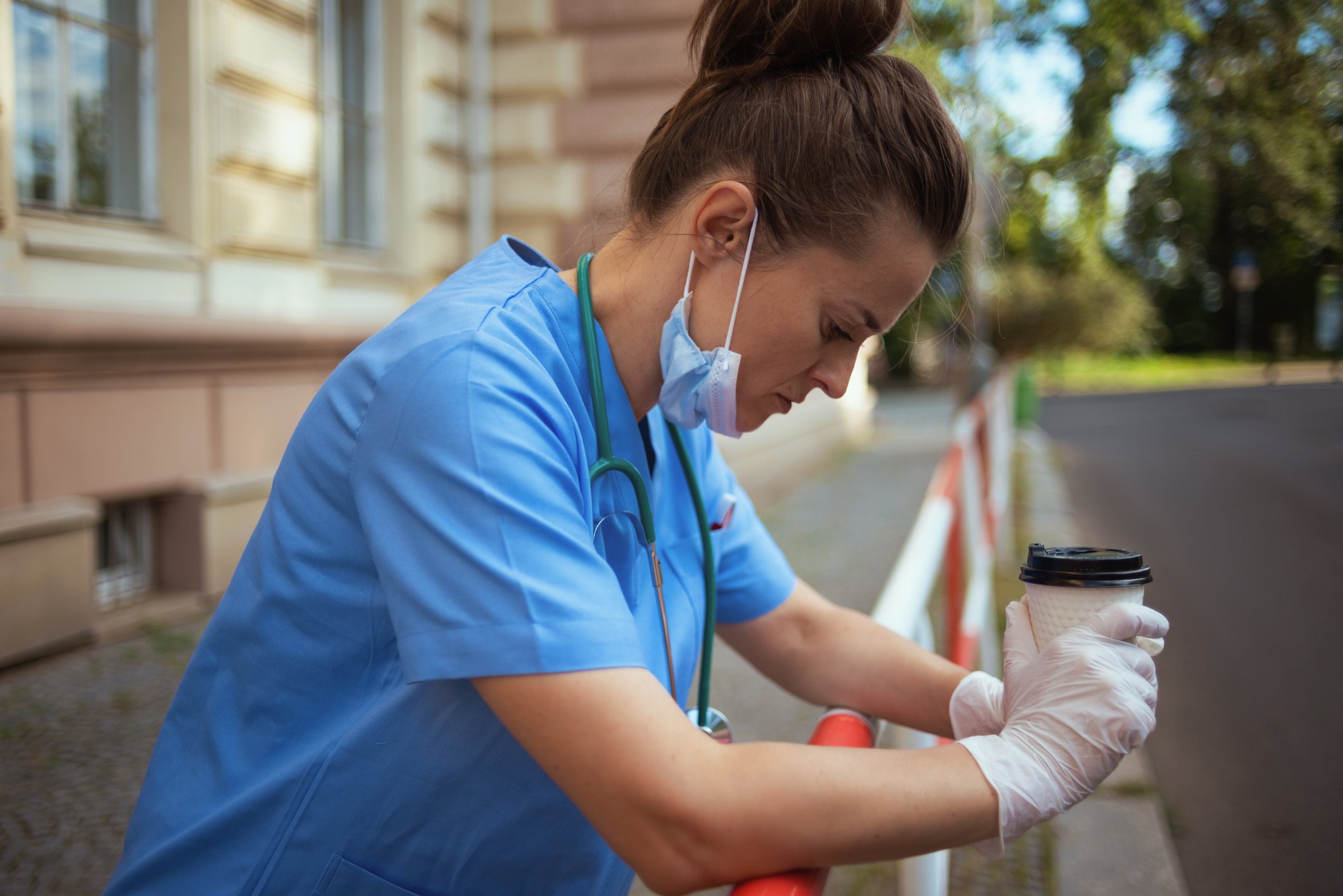By JANE E. BRODY

The teenage years can be tough enough under the best of circumstances. But when cancer invades an adolescent’s life, the challenges grow exponentially.
When the prospects for treatment are uncertain, there’s the fear of dying at so young an age. Even with an excellent chance of being cured, teenagers with cancer face myriad emotional, educational and social concerns, especially missing out on activities and losing friends who can’t cope with cancer in a contemporary.
Added to that are the challenges of trying to keep up with schoolwork even as cancer treatment steals time and energy, and may cause long-lasting physical, cognitive or psychological side effects.
Sophie, who asked that her last name be withheld, was told at 15 that she had osteosarcoma, bone cancer. After a bout of how-can-this-be-happening-to-me, she forged ahead, determined to stay at her prestigious New York high school and graduate with her class.
Although most of her sophomore year was spent in the hospital having surgery and exhausting chemotherapy, she went to school on crutches whenever possible. She managed to stay on track, get good grades — and SAT scores high enough to get into Cornell University.
Now 20, Sophie is about to start her junior year and is majoring in biology and genetics with a minor in computer science. She plans to go to medical school, so this summer she has been studying for the MCATs and volunteering at a hospital.
Her main concern now is that people meet and get to know her as a whole, normal person, not someone who has had cancer, which is why she asked that I not identify her further.
“I’m pretty healthy, and I don’t want people to think I’m weak and need special care,” she said in an interview.
“Having cancer puts other issues into perspective,” she added. “I feel like I have to do as much as I can. I’ve gotten involved in so much. I try to enjoy myself more. And I don’t regret for a minute how I’ve been spending my time.”
Sophie’s determination to do the most she can and her desire for normalcy are hardly unusual, said Aura Kuperberg, who directs an extraordinary program for teenagers with cancer and their families at Children’s Hospital Los Angeles. Dr. Kuperberg, who has a doctorate in social work, started the program, called Teen Impact, in 1988. It operates with the support of donations and grants and deserves to be replicated at hospitals elsewhere.
“The greatest challenge teens with cancer face is social isolation,” she said in an interview. “Many of their peers are uncomfortable with illness, and many teens with cancer may withdraw from their friends because they feel they are so different and don’t fit in.”
In the popular young adult novel “The Fault in Our Stars,” a teenager with advanced cancer says, “That was the worst part of having cancer, sometimes: The physical evidence of disease separates you from other people.”
Within the family, too, teenagers can feel isolated, Dr. Kuperberg said. “Patients and parents want to protect one another. They keep up a facade that everything will be O.K., and feelings of depression and anxiety go unexpressed.”
Teen Impact holds group therapy sessions for young patients, parents and siblings so they “don’t feel alone and realize that their feelings are normal,” Dr. Kuperberg said. The goal of the program, which also sponsors social activities, is to help young cancer patients — some still in treatment, others finished — live as normally as possible.
“For many, cancer is a chronic illness, with echoes that last long after treatment ends,” Dr. Kuperberg said. “There are emotional side effects — a sense of vulnerability, a fear of relapse and death, and an uncertainty about the future that can get in the way of pursuing their hopes and dreams. And there can be physical and cognitive side effects when treatment leaves behind physical limitations and learning difficulties.”
But, she added, there is often “post-traumatic growth that motivates teens in a very positive way.”
“There’s a lot of altruism,” she said, “a desire to give back, and empathy, a sensitivity to what others are going through and a desire to help them.”
Sophie, for example, took notes for a classmate with hearing loss caused by chemotherapy. She recalled her gratitude for the friend “who was there for me the whole time I was in treatment, who would come over after school and sit on the couch and do puzzles while I slept.”
One frequent side effect of cancer treatment now receiving more attention is the threat to a young patient’s future reproductive potential.
In an opinion issued this month, The American College of Obstetricians and Gynecologists urged doctors to address the effects of cancer treatment on puberty, ovarian function, menstrual bleeding, sexuality, contraceptive choice, breast and cervical cancer screening, and fertility.
“With survival rates pretty high now for childhood cancers, we should do what we can to preserve future fertility,” said Dr. Julie Strickland, the chairwoman of the college’s committee on adolescent health care. “We’re seeing more and more cooperation between oncologists and gynecologists to preplan for fertility preservation before starting cancer treatment.”
The committee suggested that, when appropriate, young cancer patients be referred to a reproductive endocrinologist, who can explore the “full range of reproductive options,” including the freezing of eggs and embryos.
For boys who have been through puberty, it has long been possible to freeze sperm before cancer treatment.
Although some female patients may be unwilling to delay treatment, even for a month, to facilitate fertility preservation, at the very least they should be offered the option, Dr. Strickland said in an interview.
She described experimental but promising possibilities, like freezing part or all of an ovary and then implanting it after cancer treatment ends. It is already possible to move ovaries out of harm’s way for girls who need pelvic radiation.
Source: http://well.blogs.nytimes.com
 As Nurses, death can be a regular, everyday occurrence. But just because we encounter death frequently does not mean that experiencing the loss of a patient won't impact us. In this profession, we care for people when they are at their most vulnerable, and we create meaningful relationships with many of our patients and their families.
As Nurses, death can be a regular, everyday occurrence. But just because we encounter death frequently does not mean that experiencing the loss of a patient won't impact us. In this profession, we care for people when they are at their most vulnerable, and we create meaningful relationships with many of our patients and their families. 

 Frontline healthcare workers face stressors during normal times, but especially now during a pandemic and hospitals are finding new ways to help their staff cope.
Frontline healthcare workers face stressors during normal times, but especially now during a pandemic and hospitals are finding new ways to help their staff cope. 


